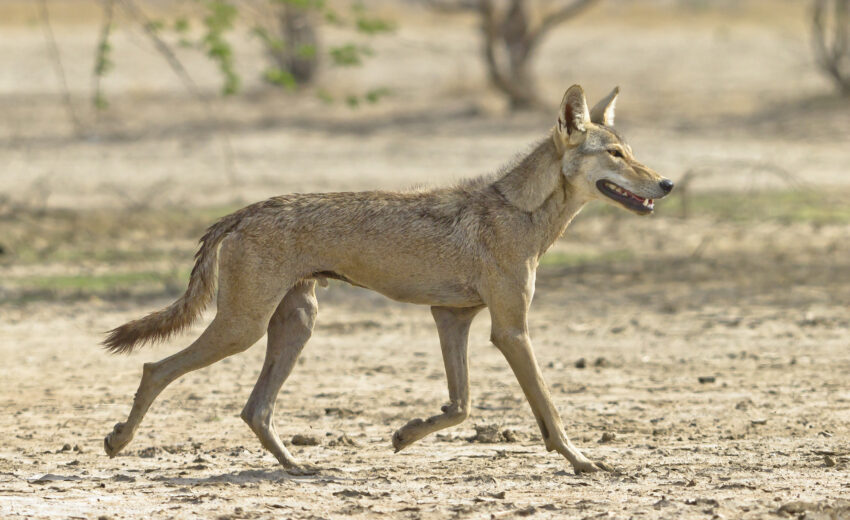A subspecies of the grey wolf, the Indian wolf can be found in Southwest Asia to the Indian Subcontinent. Their habitats
- Zoology
- Daily Critter Facts
- For Teachers
- Study Guides
- Diseases & Parasites
- Contact
- Zoology
- Daily Critter Facts
- For Teachers
- Study Guides
- Diseases & Parasites
- Contact

